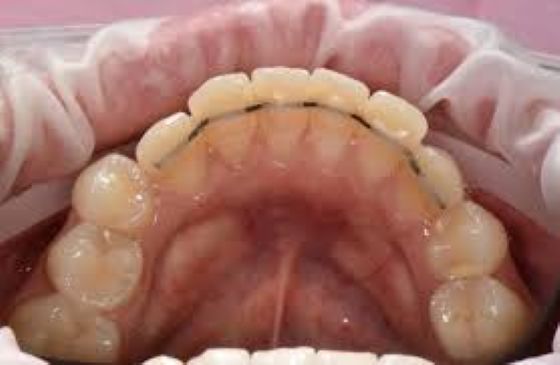+919790726189

This is your website preview.
Currently it only shows your basic business info. Start adding relevant business details such as description, images and products or services to gain your customers attention by using Boost 360 android app / iOS App / web portal.
MOBILE TEETH MANAGEMENT AT WEST MAMBALAM ASHOK ...

MOBILE TEETH MANAGEMENT AT WEST MAMBALAM ASHOK NAGAR CHENNAI Splinting of Teeth: Indications and Procedure Dental splinting is a procedure used to stabilize loose teeth by bonding them together, providing essential support while the surrounding structures heal. This approach can be beneficial in cases of trauma, periodontal disease, or after specific dental treatments. Understanding the indications and procedure for dental splinting can help patients appreciate its role in preserving natural teeth. Indications for Dental Splinting Trauma or Injury: A common indication for splinting is tooth mobility following trauma, such as a sports injury or fall. Splinting offers stability and promotes healing in cases where teeth are partially displaced but viable. Periodontal Disease: Advanced periodontal disease can lead to loosening of teeth due to weakened supporting bone and gum structures. Splinting helps reduce mobility, making it easier for patients to manage oral hygiene and reduce the risk of further complications. Post-Surgical Stabilization: After specific dental procedures like guided tissue regeneration or root surface debridement, splinting is sometimes recommended to stabilize teeth during recovery. Preventive Support in Orthodontics: In cases where orthodontic treatment has corrected significant alignment issues, splinting can be used temporarily to prevent relapse. The Splinting Procedure The process of dental splinting is relatively simple and minimally invasive: Preparation: The teeth being splinted are thoroughly cleaned to ensure optimal bonding. If there is any infection or decay, the dentist will address these first. Application of Splint Material: A bonding agent is applied, and then the dentist uses either composite resin or a thin metal wire to link the affected teeth. In the case of wire splinting, the wire is bonded to the back of the teeth for added support without affecting aesthetics. Setting and Final Adjustments: Once the splint material is applied, the dentist ensures it is comfortable and properly aligned with the patient’s bite. The material is then hardened using a special light to secure the splint in place. Follow-Up and Care Patients with splinted teeth should maintain excellent oral hygiene and avoid hard or sticky foods that could dislodge the splint. Regular follow-ups allow the dentist to monitor healing and determine if and when the splint can be removed. Conclusion Dental splinting is a valuable intervention to stabilize teeth, promote healing, and preserve natural teeth after trauma or due to periodontal disease. Through this procedure, patients can enjoy greater stability and comfort, supporting both function and aesthetics in their smile. Dental Clinics in West Mambalam Dentists in West Mambalam Dentists in Ashok Nagar Best dentist near me Best Dental Clinics in West Mambalam Periodontist in Ashok Nagar Gum specialist in West Mambalam

